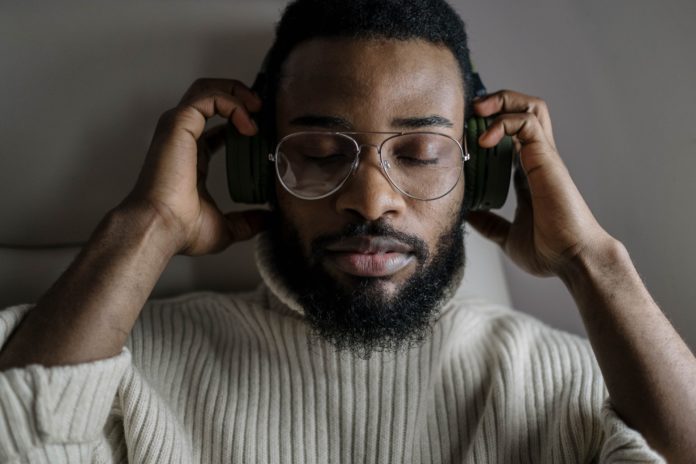Anxiety levels are on the rise in the Canadian population, with nearly a quarter of Canadians reporting moderate to severe symptoms. And while therapy and medication are vital in helping Canadians cope with anxiety, a new study from Ryerson University has found that music may also be an effective form of treatment.
The study was authored by Adiel Mallik, a postdoctoral fellow in Ryerson’s SMART Lab, and Frank Russo, a professor of psychology, and published in PLOS ONE.
Digital mental health treatments are increasingly popular
Mental health treatment can be difficult to access, but in recent years, digital forms of treatment have become increasingly popular.
One of these is the LUCID digital music therapy program, which uses an artificial intelligence algorithm to curate therapeutic music based on a patient’s emotional state. The program’s music library is made up of a mixture of instrumental songs and nature sounds.
The algorithm learns which types of music are best at helping specific patients, and continuously develops a playlist based on this information. It does this by asking patients to input their emotional state at the start of each listening session, and then choosing a selection of songs that will best allow them to reach their target emotional state (for example, reduced anxiety or better sleep).
If biometric data is available (for example, a heartbeat measured by a patient’s smart watch), the algorithm also uses this information to determine the patient’s mood. However, this information isn’t required to use the program.
Mallik and Russo wanted to investigate how music therapy might help those suffering from anxiety, and how it compared to other sound-based forms of treatment. These include auditory beat stimulation (ABS) — a form of treatment where patients listen to repetitive beats at certain frequencies — and pink noise, which is a steady background hum.
To do this, the researchers recruited participants who had been diagnosed with anxiety and were currently taking anti-anxiety medication. They were interested in learning how sound-based therapies could supplement medication-based treatment plans.
Study participants were randomized into one of four groups: a music treatment, music and ABS, only ABS, or pink noise. Participants were asked to close their eyes and listen to their sound treatment for a 24-minute session, and then respond to a survey on their anxiety symptoms.
Sound-based treatments can help
In all cases, the researchers found that sound-based treatments helped reduce patients’ symptoms of anxiety. Patients in the combined music and ABS group reported the greatest reductions in both physical symptoms (for example, fatigue or nausea) as well as cognitive symptoms. Music alone also resulted in large reductions in physical symptoms, while pink noise resulted in large reductions in cognitive symptoms.
These findings highlight the potential of music as a treatment for anxiety, particularly when combined with other sound-based treatments. The authors hope that their results will be used to help patients develop treatment plans, and will be particularly impactful for patients who have limited access to regular therapy.
“The results of this clinical trial indicate great promise for the use of digital health tools, such as LUCID’s digital music therapy, in the management of anxiety and other mental health conditions,” the authors concluded in a press release.
“Hopefully, with additional research, we can help build a solid evidence base which further supports the use of personalized music as an additional tool in the clinician’s toolbox that can be used to help reduce anxiety in the patient population.”








































